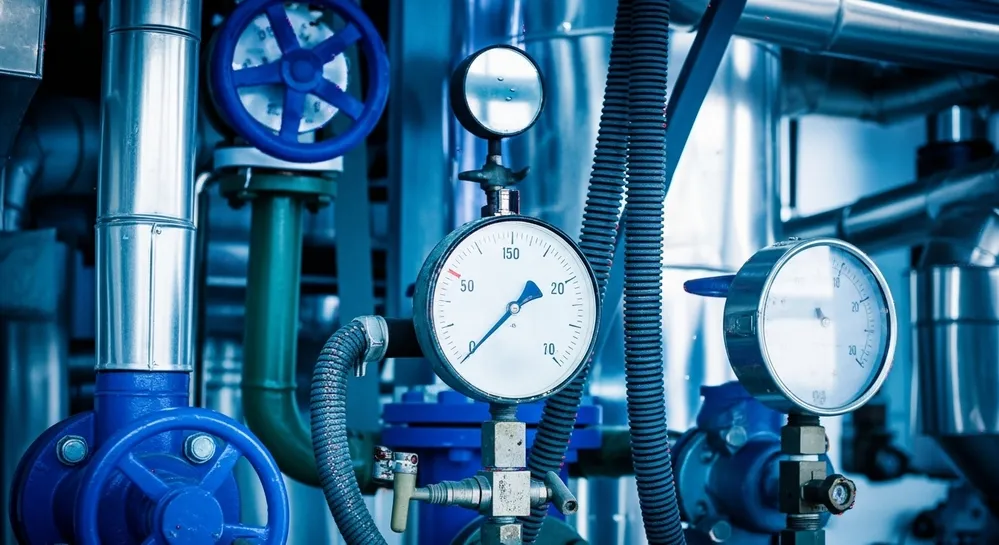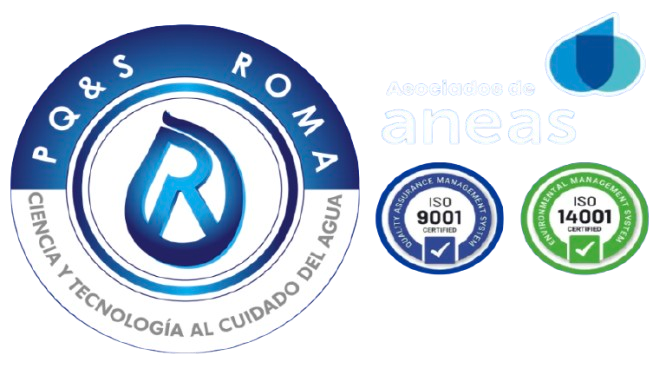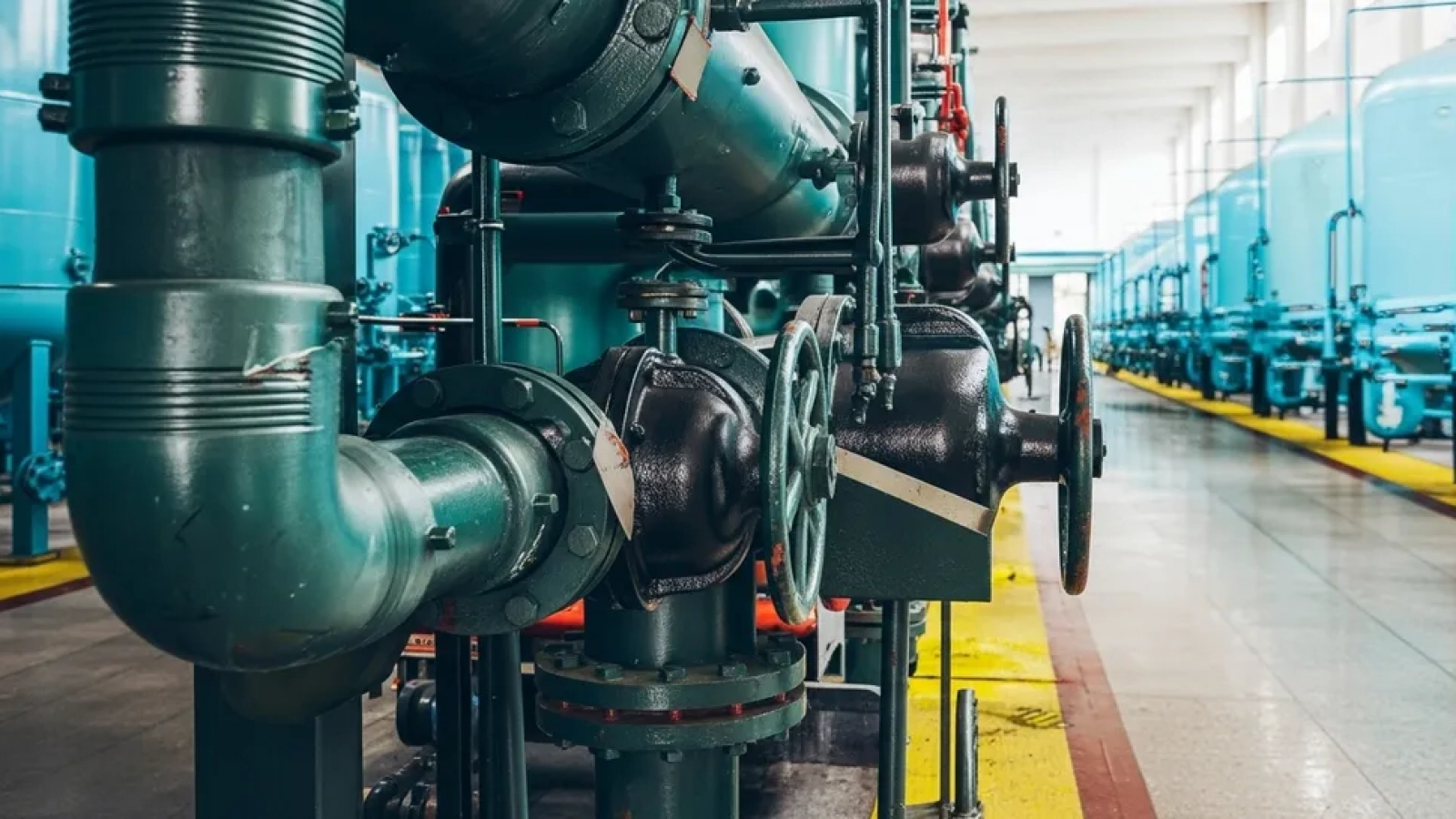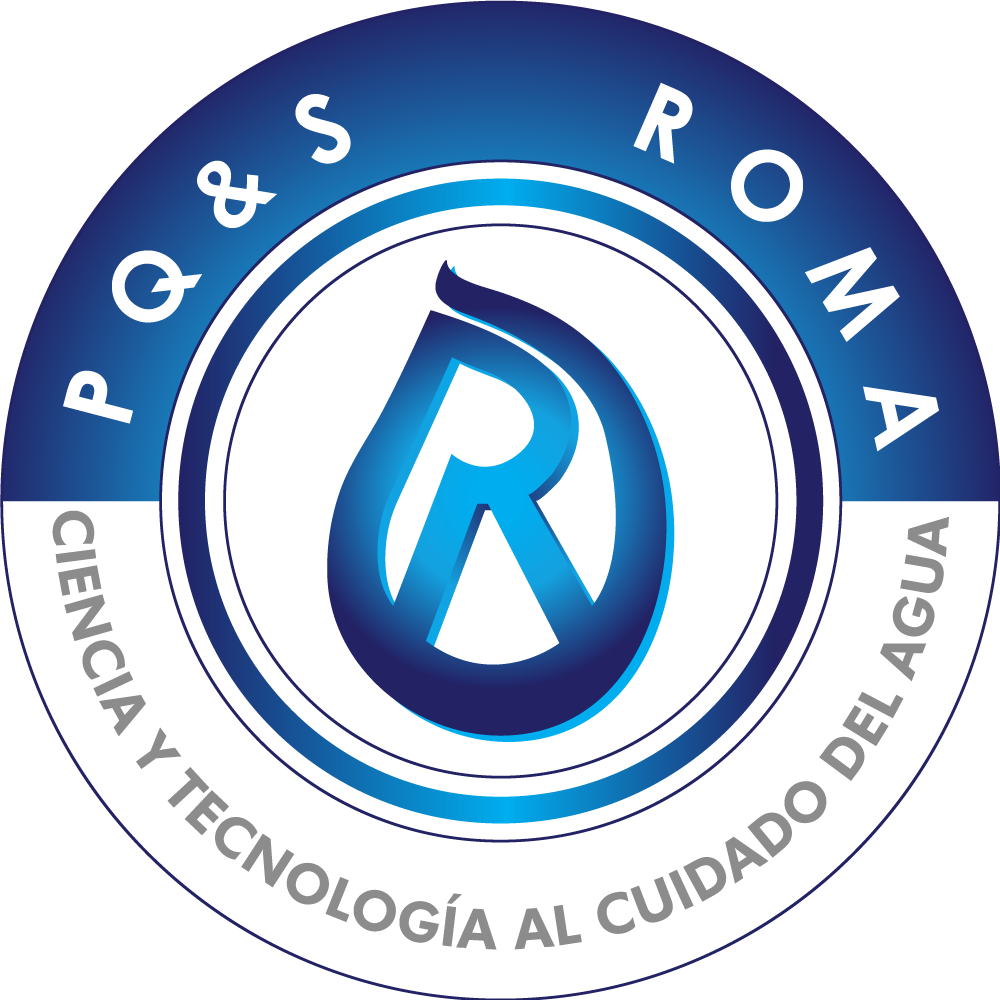Industrial steam generation systems are the heart of production across a wide range of sectors—from food and pharmaceuticals to petrochemicals. Their efficient design and operation are crucial for ensuring productivity and safety. To fully understand how they work, it’s essential to know their main components and the most common problems that can occur.
Key Components of a Steam Generation System
A steam system is made up of several essential elements that work together to produce steam safely and efficiently. The most important are:
- Feedwater Tank: Stores make-up water and returned condensate.
- Feedwater Pump: Supplies water from the tank to the deaerator and the boiler.
- Deaerator: Removes dissolved gases from the feedwater.
- Economizer: Preheats the feedwater to improve energy efficiency.
- Boiler: The main component where water is converted into steam.
- Desuperheater (Attemperator): Controls the temperature of superheated steam.
- Condenser: Cools the steam to recover it as condensate.
The Deaerator: The Boiler’s Guardian
The deaerator is a critical component for the health of a boiler. Its primary function is to remove dissolved gases such as oxygen (O₂) and carbon dioxide (CO₂) from the feedwater, as these gases are highly corrosive. Ideally, deaeration efficiency should exceed 94%. Any residual oxygen must be neutralized with chemical agents known as oxygen scavengers to prevent internal damage.
The performance of a deaerator depends on several factors, including operating temperature, internal design, and water residence time. There are two main types of deaerators: spray-type and tray-type, each designed to maximize gas removal efficiency.
Steam Drum and Superheaters
The steam drum is a crucial part of the boiler that allows for the efficient separation of steam and water. Inside the drum, steam—being lighter—rises and separates from the water before being directed into the steam piping system.
Superheaters are responsible for raising the steam temperature above its saturation point, producing superheated steam. This process removes any residual moisture, preventing corrosion in steam lines, improving the plant’s thermal efficiency, and extending equipment lifespan.
Condensate Recovery: Efficiency and Sustainability
Condensate is steam that has cooled and returned to its liquid state. If it meets quality parameters, it can be reused as feedwater for the boiler. This practice offers multiple advantages:
- Resource savings: Reduces make-up water consumption and, consequently, the amount of treatment chemicals required.
- Reduced corrosion: Contains significantly less dissolved oxygen.
- Energy efficiency: Retains a large portion of thermal energy, lowering the boiler’s fuel demand.
Boiler Classification by Pressure
Boiler operating pressure is a key factor in its design, operation, and chemical treatment requirements. Common classifications include:
- Low pressure: Less than 3.5 kg/cm²
- Medium pressure: From 3.5 to less than 15 kg/cm²
- High pressure: From 15 to less than 42 kg/cm²
- Very high pressure: 42 kg/cm² or higher
Main Problems in Industrial Boilers
Although robust, steam systems are susceptible to various issues that can compromise safety, efficiency, and longevity. The most common include:
- Corrosion: One of the most serious problems, mainly caused by dissolved oxygen (O₂), carbon dioxide (CO₂), and low water pH.
- Scaling and blockages: Hard deposits of minerals (calcium and magnesium salts) reduce heat transfer, increase fuel consumption, and cause tube overheating.
- Foaming and carryover: Excess dissolved solids or high alkalinity can cause water to foam, allowing impurities to be “carried over” with the steam—potentially damaging process equipment and turbines.
If not properly managed, these problems can lead to structural failures and costly downtime.
Conclusion
Understanding each component of a steam generation system is essential for the safe and efficient operation of industrial boilers. Preventing problems such as corrosion and scaling through an adequate water treatment program not only extends system lifespan but also generates significant savings in operating and maintenance costs.
At Químicos Roma, we specialize in the prevention and solution of these challenges.
Contact us to design a customized water treatment program that maximizes the efficiency and safety of your equipment.






Add a Comment